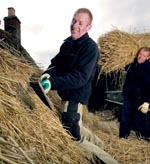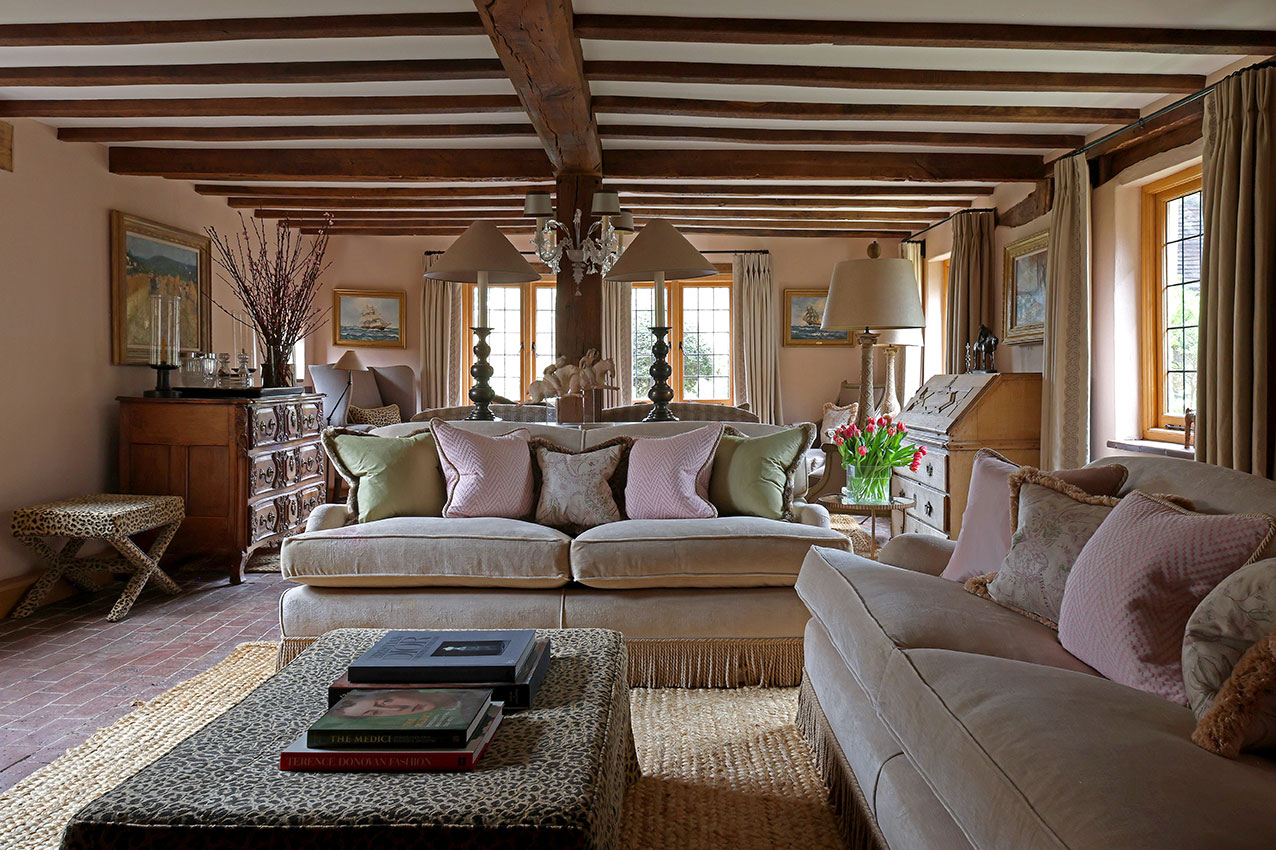Heritage building skills gap
The heritage building sector is facing a skills gap, new reports state today


The future of England's historic buildings could be at risk as the heritage workforce lacks essential skills, according to two new studies. The reports, backed by ConstructionSkills and English Heritage, found that workers across the industry lack the skills and materials needed to do the job properly.
The NHTG (National Heritage Training Group) carried out the Traditional Building Craft Skills in England study which suggests that while the shortage of craftspeople has fallen by 3,000 since 2005, over two-thirds of repair and maintenance work is being done by
untrained or ill-equipped workers.
The second survey, the Built Heritage Sector Professionals study, examined the training of architects, engineers and those who specify, commission and oversee this maintenance work. Only 507 in England are building conservation accredited, which equates to one conservation trained engineer for every 276,000 historic structures.
Launched at The Prince of Wales's Foundation for the Built Environment, the reports update the
2005 survey of the industry carried out by NTHG. Since then the sector has grown from £3.5 billion to £4.7 billion.
Peter Lobban, chief executive of ConstructionSkills, said: 'We've taken some giant steps to ensure that more people are taking up these traditional building crafts that are so important to preserving the country's heritage buildings.
Sign up for the Country Life Newsletter
Exquisite houses, the beauty of Nature, and how to get the most from your life, straight to your inbox.
'But there is more work to do. Many of the people undertaking repair and maintenance work need upskilling to guarantee that tasks are completed to the highest possible standard and England's iconic and more humble buildings are not spoilt.'
It is hoped that new on-site training schemes and qualifications will address the skills gap in the heritage building sector identified in two new reports.
Read more about the people keeping traditional rural crafts alive in Britain.
To comment on this article, use the comment box below, or email us at clonews@ipcmedia.com. Read more about the countryside.
Country Life is unlike any other magazine: the only glossy weekly on the newsstand and the only magazine that has been guest-edited by HRH The King not once, but twice. It is a celebration of modern rural life and all its diverse joys and pleasures — that was first published in Queen Victoria's Diamond Jubilee year. Our eclectic mixture of witty and informative content — from the most up-to-date property news and commentary and a coveted glimpse inside some of the UK's best houses and gardens, to gardening, the arts and interior design, written by experts in their field — still cannot be found in print or online, anywhere else.

